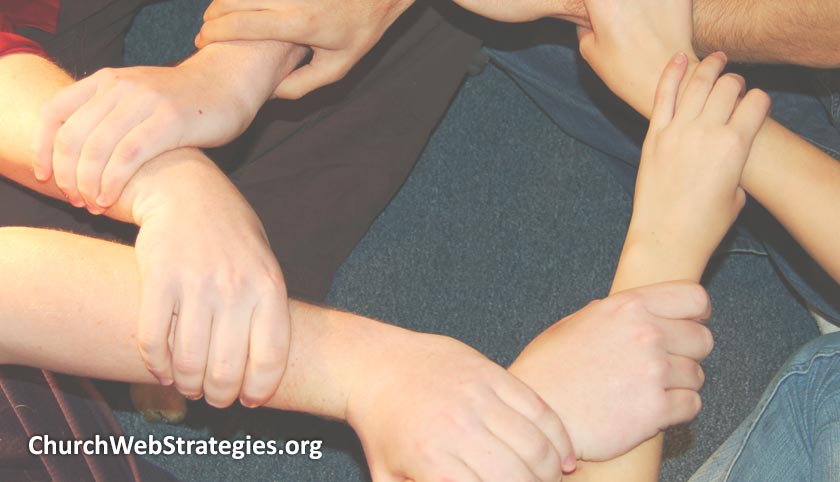Social media content often looks like it comes from a fire hose. Watching your feeds scroll by with new posts coming every few seconds or minutes may be very intimidating. You may wonder how can your church produce so much content? Even more daunting, how can you be heard in the crowd? This article will explore how to overcome these obstacles and help your church’s online outreach flourish
First, you need a group of people in your church to help create content that you want to post that week. Next, get your social media addicts to help you schedule or manually send updates that will be sent out. Finally, leverage your various social media connections to create advocates for your church’s posts and updates. Getting help is not that difficult, or far away.
Creating Social Content
- Pull quotes from that week’s sermon for several summary points that not only let people know the messages your church teaches on, but it should help remind members what they heard on Sunday.
- If your congregation likes to post quotes during the service, ask that they add a unique hashtag to their updates. This allows you to get your message out and add some branding for the services that support hashtags.
- Take a picture during each week’s service. You may have a great flower arrangement on your altar, your production team put on a great light show, or you had a guest speaker talk. Regardless, there should be something that happens each week you can feature.
- Tease out all of the announcements from your weekly bulletin for timely reminders. These will not only jog your congregation’s memory, but demonstrate to outsiders how active you are.
Adding Helpers and Administrators
- Secure a team of at least two people that will schedule social media posts for the week. Many tools, such as TweetDeck and HootSuite allow you to schedule releases ahead of time.
- Several online services such as Facebook allow you to delegate administrative authority to other users. This will allow them to manually post to the accounts, make edits, corrections, and engage in an official manner.
- While you may not want everyone to have permission to post on behalf of your church, you may want them to monitor activity. If they see people commenting on a post, they can notify pastors, elders, deacons, or others that may want to engage.
People to Share and Promote
- While you may have many people subscribed to your social media channels, many services such as Facebook limit the percentage of people you can reach with a single post. This can be overcome by having your congregation share and comment on as many posts as often as possible.
- If your church publishes video and/or audio recordings of your sermons, you will undoubtedly attract people outside of your church. Ask at the beginning or end of those recordings to kindly share the content with their friends and followers.
- Create short calls to action within your posts. You can invite people to answer a question in the comments, or share a statement if they believe it. The later is often most effective with photos.
Action Item
Stop shying away from social media and get your church involved. Use the many resources that surround you to help create, curate, and disperse your content. If you use a content management system such as WordPress, plugins exist that will automatically post your content to several social media platforms. However, if you wish to re-post content; those manual updates will require additional help. Utilize congregation members that will be online regardless to help monitor your presence. Then ask those that follow and subscribe to your content to share and endorse it on their favorite social media outlets.
Thanks to the (now inactive) Internet Toolbox for Churches website for the inspiration for this article.
Photo of hands courtesey of Julia Freeman-Woolpert

